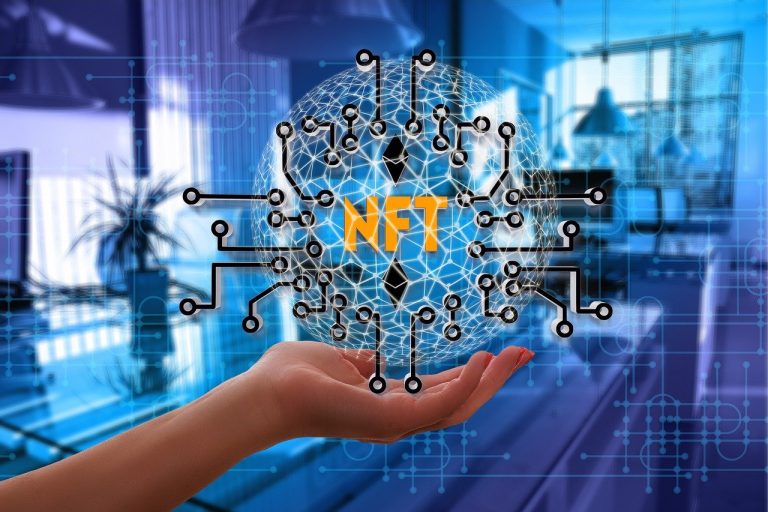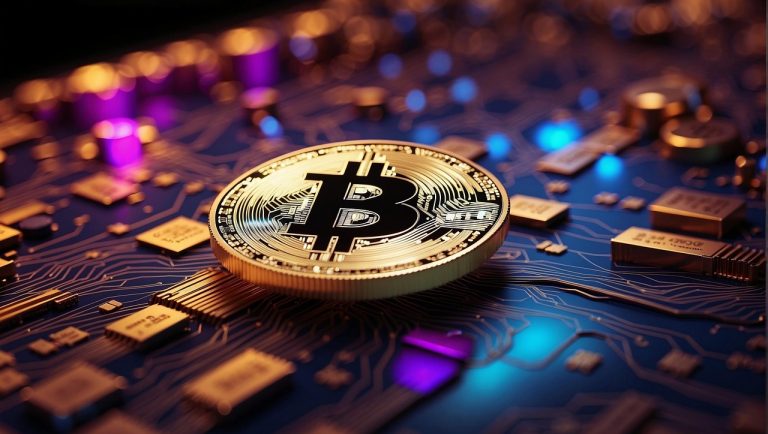As cryptocurrencies and blockchain technology continue to mature, one of the most disruptive innovations to emerge is DeFi — or Decentralized Finance. In contrast to traditional finance (TradFi), which relies on centralized institutions like banks, DeFi offers an open, permissionless, and borderless financial ecosystem built on blockchain networks.

But as investors, we’re left with a tough question: Should you put your money in DeFi or stick with traditional finance? This article breaks down both sides and helps you understand where your money might work best in 2025 and beyond.
Understanding the Basics
What Is DeFi?
DeFi is a blockchain-based form of finance that eliminates intermediaries such as banks and brokers. Using smart contracts (self-executing code on blockchain platforms like Ethereum), DeFi protocols allow users to lend, borrow, trade, and earn interest without a central authority.
Key features of DeFi include:
-
Open access (anyone with a crypto wallet can participate)
-
Non-custodial control (you own your funds)
-
Transparency (all transactions are on-chain)
-
Interoperability (protocols and assets work together)
Popular DeFi platforms include Uniswap, Aave, Compound, Curve, and MakerDAO.
What Is Traditional Finance?
Traditional finance refers to the current financial system involving banks, stock markets, mutual funds, insurance firms, and government-regulated financial institutions.
It includes:
-
Bank savings accounts
-
Loans and mortgages
-
Stock and bond investing
-
ETFs and retirement funds
Traditional finance is regulated, insured (in many cases), and backed by governments or central banks.
Returns and Opportunities
DeFi Returns
DeFi is known for offering higher potential returns, especially in:
-
Yield farming and liquidity pools
-
Staking of tokens
-
Lending protocols that pay interest to depositors
-
Governance tokens that appreciate in value
In bullish markets, DeFi APYs (annual percentage yields) can be significantly higher than anything in traditional finance.
However, these returns come with higher volatility and risks, including impermanent loss, smart contract bugs, and token price crashes.
Traditional Finance Returns
TradFi returns are often lower but more predictable:
-
Savings accounts offer minimal interest (usually under 5%)
-
Stocks may yield 7–10% annually over the long term
-
Bonds offer stability but lower returns
-
Mutual funds and ETFs diversify risk
If you’re seeking steady growth and long-term wealth preservation, traditional finance remains a dependable route.
Accessibility and Control
DeFi
Anyone with an internet connection and a crypto wallet can access DeFi platforms. No identity verification is required. This makes DeFi more inclusive, especially for people in countries with weak banking infrastructure.
You also retain full custody of your assets at all times. There’s no bank to freeze your account or deny your loan.
Traditional Finance
Traditional finance often requires:
-
KYC (Know Your Customer) identity checks
-
Credit scores
-
Banking history and documentation
This system is less accessible to unbanked or underbanked populations. But it does provide a layer of consumer protection and legal recourse if things go wrong.
Risk Factors
Risks in DeFi
-
Smart Contract Vulnerabilities: A bug in code can be exploited, leading to fund loss.
-
No Regulation or Insurance: If your funds are stolen, there’s little to no legal protection.
-
Rug Pulls: Some DeFi projects are scams that drain funds and disappear.
-
Market Volatility: Crypto prices can drop sharply, affecting your investments.
DeFi is like the wild west of finance—high rewards, high risk.
Risks in Traditional Finance
-
Inflation and Low Returns: Bank savings often fail to beat inflation.
-
Centralized Control: Banks or governments can restrict access or freeze accounts.
-
Fees and Bureaucracy: High fees, paperwork, and delays are common.
While safer, TradFi also limits autonomy and innovation.
Regulatory Outlook
DeFi Regulation
In 2025, governments are beginning to regulate DeFi more actively, especially concerning:
-
Tax reporting
-
Know-your-customer requirements
-
Stablecoin usage
-
Protocol transparency
This could reduce fraud and bring institutional money, but might also restrict the open nature of DeFi.
TradFi Regulation
Traditional finance is deeply regulated, which creates stability but can also limit flexibility and speed. Banks and stock markets must comply with numerous laws, which helps protect consumers but slows innovation.
Which One Is Better for You?
Choose DeFi If You:
-
Want higher risk with higher potential returns
-
Are comfortable using crypto wallets and DeFi platforms
-
Value privacy, autonomy, and decentralization
-
Have time to actively monitor your investments
-
Understand blockchain fundamentals and smart contracts



